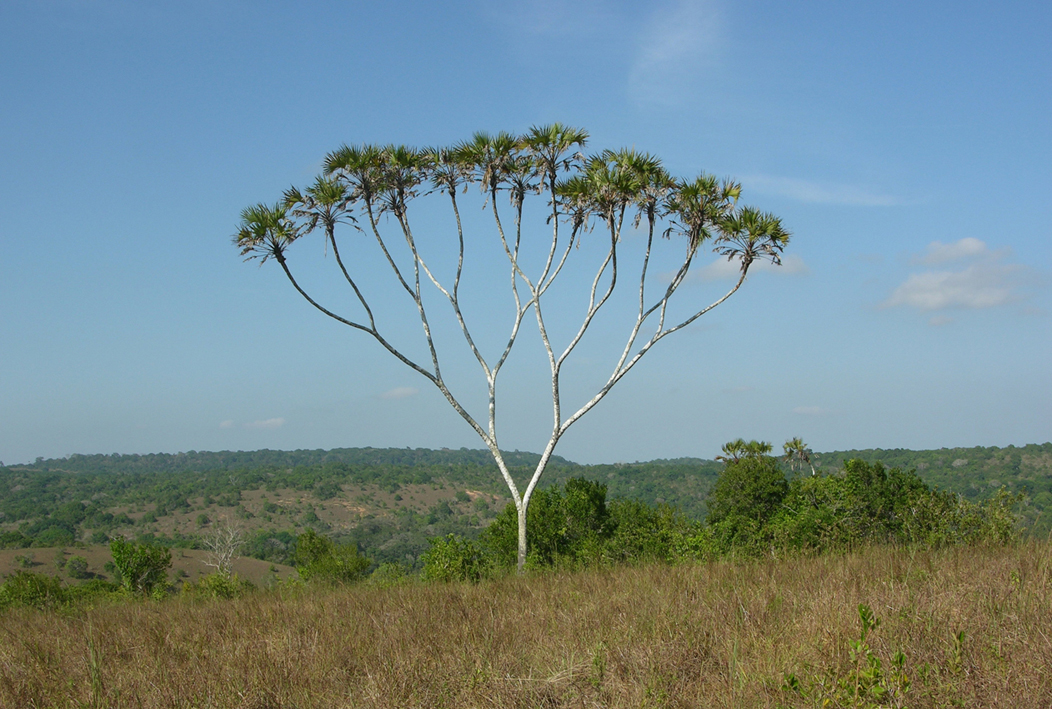- This is a wild balanced binary tree. In fact, it is named hyphaene compressa, or the East African doum palm.

- All algorithms in PAM are based on a single primitive Join. Except Join, all the other algorithms are generic across balancing schemes.

- The tree structure has several good properties, which are essential for efficiently processing big data.

PAM (Parallel Augmented Maps)
A Parallel C++ Library for Balanced Binary Trees
 Supports efficient parallel (augmented) balanced binary trees.
Supports efficient parallel (augmented) balanced binary trees.  Provides a simple and effective interface for abstract data types (ADTs) including sequences, ordered sets, ordered maps and augmented maps.
Provides a simple and effective interface for abstract data types (ADTs) including sequences, ordered sets, ordered maps and augmented maps.  Uses multi-core parallelism supported by Cilk.
Uses multi-core parallelism supported by Cilk. Supports four different balancing schemes: AVL trees, red-black trees, weight-balanced trees, and treaps.
Supports four different balancing schemes: AVL trees, red-black trees, weight-balanced trees, and treaps. Adopts a simple algorithmic framework: the join-based algorithms.
Adopts a simple algorithmic framework: the join-based algorithms. Is fast both sequentially and in parallel.
Is fast both sequentially and in parallel.
 Yihan Sun is currently a Ph.D. student at CMU working on parallel algorithms.
Yihan Sun is currently a Ph.D. student at CMU working on parallel algorithms.
 Guy Blelloch is a professor, and the Associate Dean for Undergraduate Programs at CMU.
Guy Blelloch is a professor, and the Associate Dean for Undergraduate Programs at CMU.
 Daniel Ferizovic was involved in this work when he was a student intern at CMU.
Daniel Ferizovic was involved in this work when he was a student intern at CMU.